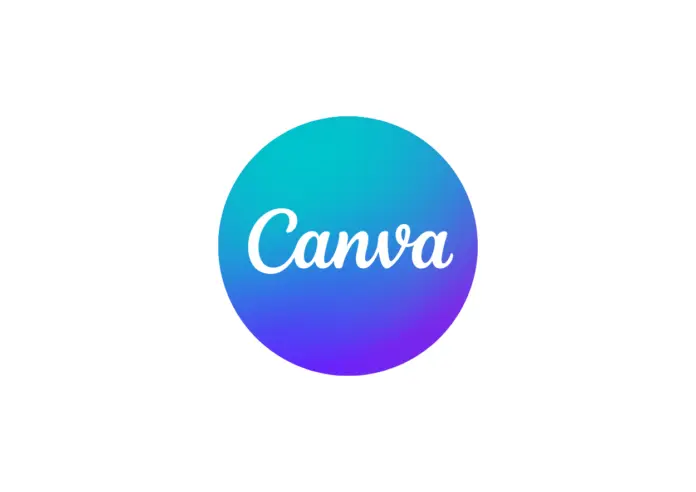Ever struggling to create professional designs? Canva co-founder Melanie Perkins has made her dream came true; making design accessible and empowering everyone to be a creator. Table of contentsIntroduction to Melanie Perkins and CanvaThe early days of CanvaThe vision behind CanvaHow Canva revolutionized designThe future of Canva and Melanie Perkins’ role as CEOThe lasting legacy…
RELATED ARTICLES
© NewInAsia.com 2025








